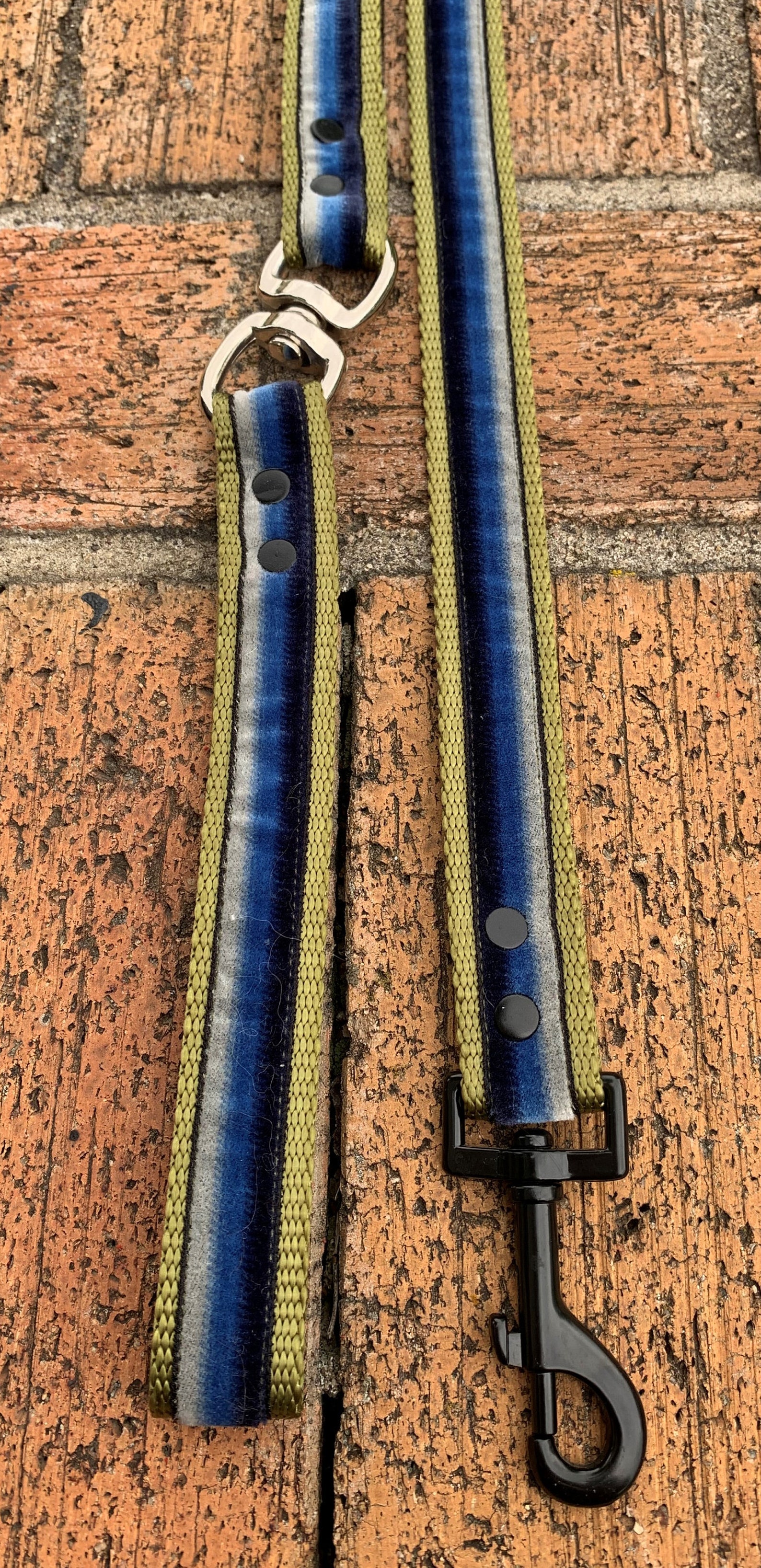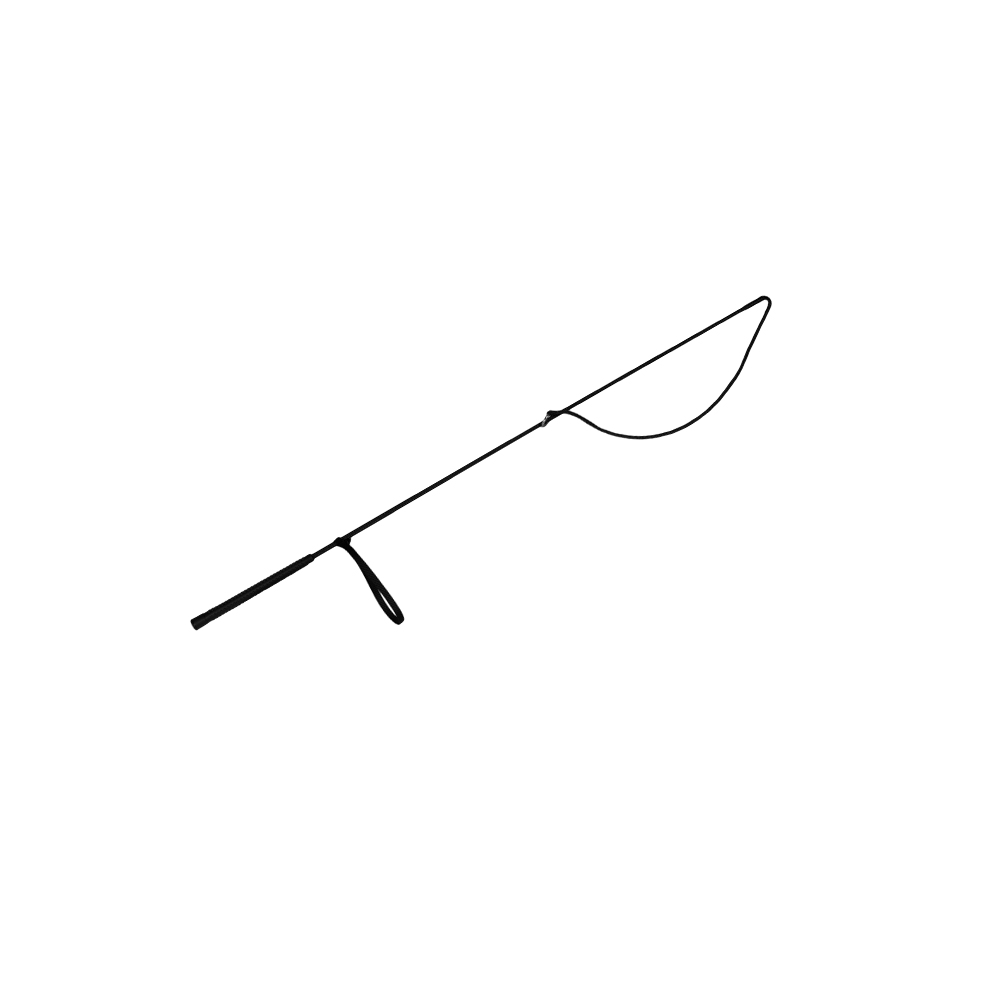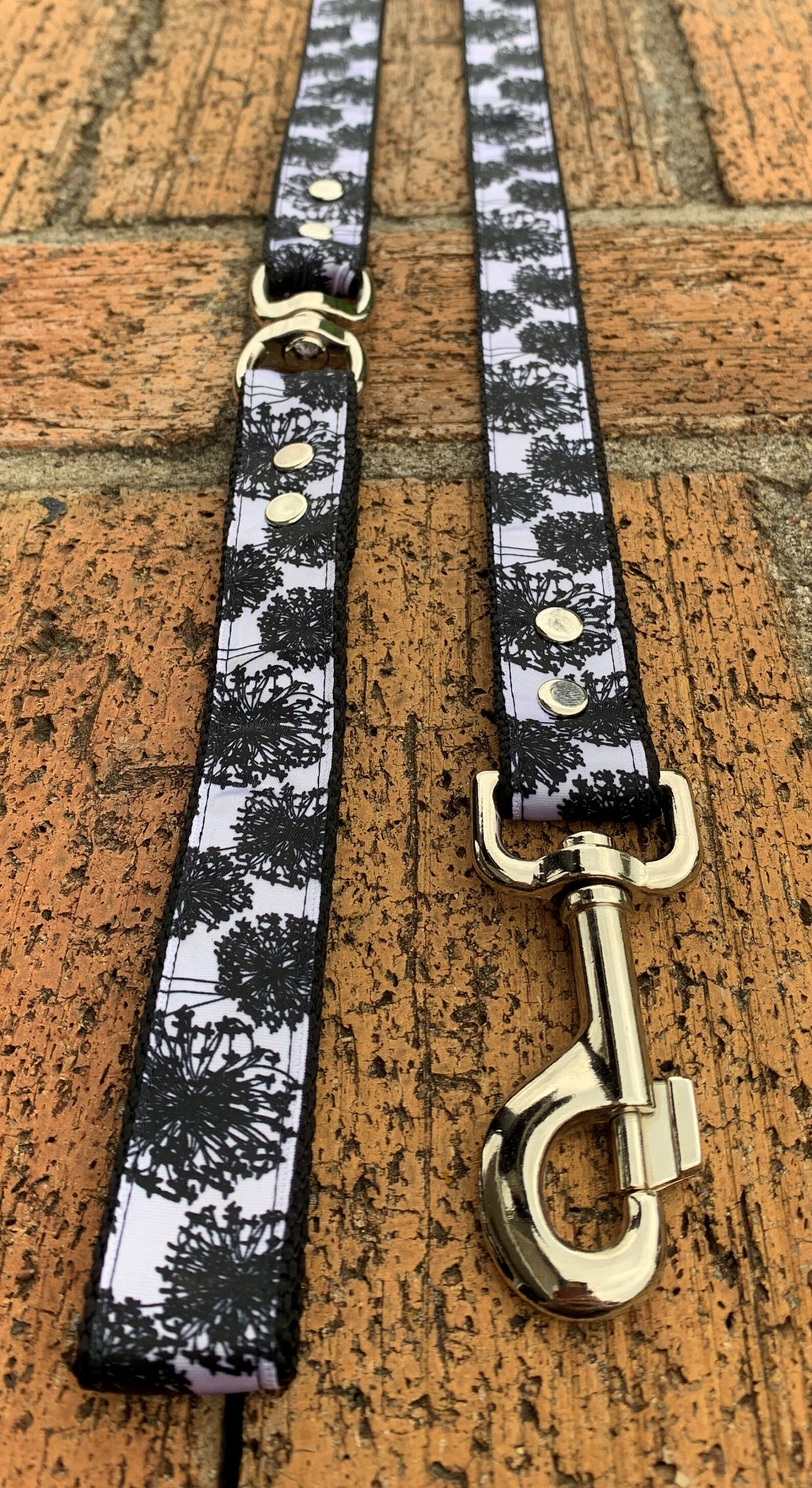


A soft knee will preserve as much of the transient as you want (using the attack and release settings) but the result can clip easily if you push the gain too high. A hard knee will "limit" your signal, letting you make it much louder without clipping but you will lose the transient. This is where soft vs hard knee becomes critical. This varies very much depending on the song and the snare sound, but a general rule I've learned is that the harder you limit the more of the transient is lost. The hamonic exciting/distortion is important because I've already "shaped" out some of the overtones with the EQ curve and dampening, and with a good multiband harmonic exciter I can add some distortion to the fundamentals, making them fuller and easier to hear in the mix (if you don't have a multiband exciter you can bus the snare out to a bunch of AUX channels, each with an exciter and EQ so that you can filter out all the frequencies you don't want and the mix that to taste). With a transient shaper I usually just boost a tiny bit so it doesn't clip and start throwing off what the limiter will be doing later in the chain. I actually don't use straight compressors on my drums that much anymore, I've been moving more towards harmonic distortion and transient shaping+limiting instead of just a standard compressor. After that I play around with the 8-10khz for the high end. Generally I find that 200hz gives me the punch I need, then a very fine cut at about 500hz to remove excess "ping" (some snares have this problem as high as 1khz) and then boost between 3.5-5khz depending on where the sweet spot of the snap is. Like I said before, 200hz and 3.5-5khz are the places you want to check first.
#SNAPPY SNARE LEASH FREE#
Listen to a huge snare from an album you love, chances are you'll hear a decay that is relatively overtone free and very clean, that means it's a reverb (or well used room recording, which is basically a natural reverb). Left un-dampened those overtones would dominate the mix. What gives a snare huge natural decay are the overtones, so when you compress a snare to make it sound loud, you're boosting all those overtones, many of which will conflict with other elements in your song. Most of the big huge snares you hear are actually pretty well dampened, the size you're hearing is from a well used reverb. Here's my checklist for how I go about mixing my snares (well all drums usually):ġ. EQ is great and necessary (200hz and 3500-5000hz are generally your most important frequencies for a good snappy snare) but you want to make sure you have a good solid transient to work with, especially considering how insanely overcompressed our music is these days. Using these methods could achieve the same kind of snare that was used in that Seven Lions song.What you want is a good transient shaper. I usually do all three to my taste until it sounds snappy as fuck, and then do another batch of post processing on it with a compressor & soft clipper (I always use ableton’s glue compressor for this since it does both). What I can do in Sampler is make the transient alot better by adding very quick high pass, pitch and FM envelopes. Here’s the most defining part of this process, I bounce the snare and import it into Ableton’s Sampler. After adjusting the sine fundamental’s, transient’s and tail’s volumes, I EQ the whole thing to my taste, and process it with a compressor and a soft clipper, to make the transient pop out more and distort the snare a bit so it’s louder. EQ these individual layers the sine tone doesn’t really need eq:ing, but the white noise layers, especially the tail, could use some. Add a long attack so it ducks out of the way of your transient. Now just add another white noise layer, but for the tail. If you add the white noise with Operator too, use ”Noise Looped” and also add a pitch envelope on that. Then layer it with an even shorter white noise burst for the transient.

Synthesize a snare by adding a quick, high pitch envelope to a short 200-400hz sine tone (easy to do in Operator, Au5 shows this in his tutorial that was already posted here).


 0 kommentar(er)
0 kommentar(er)
